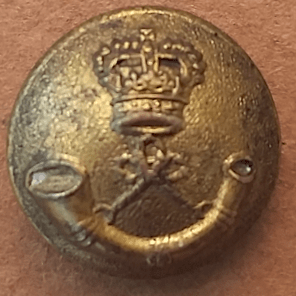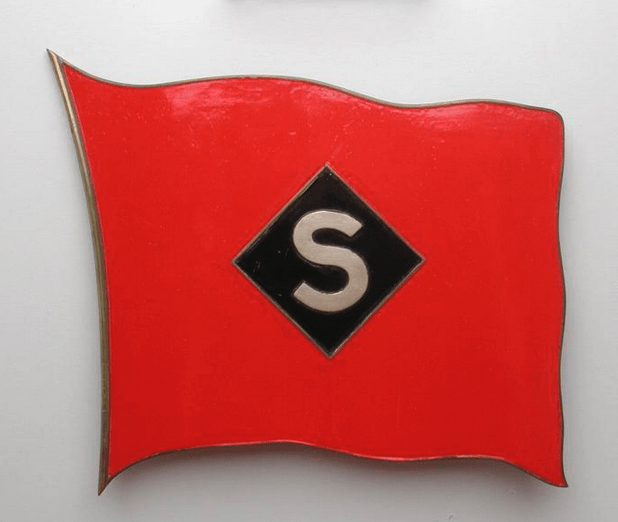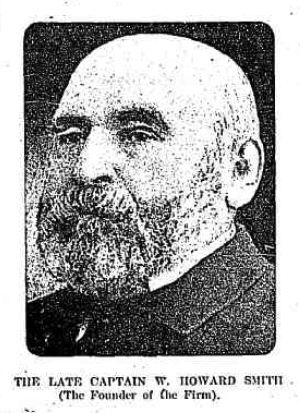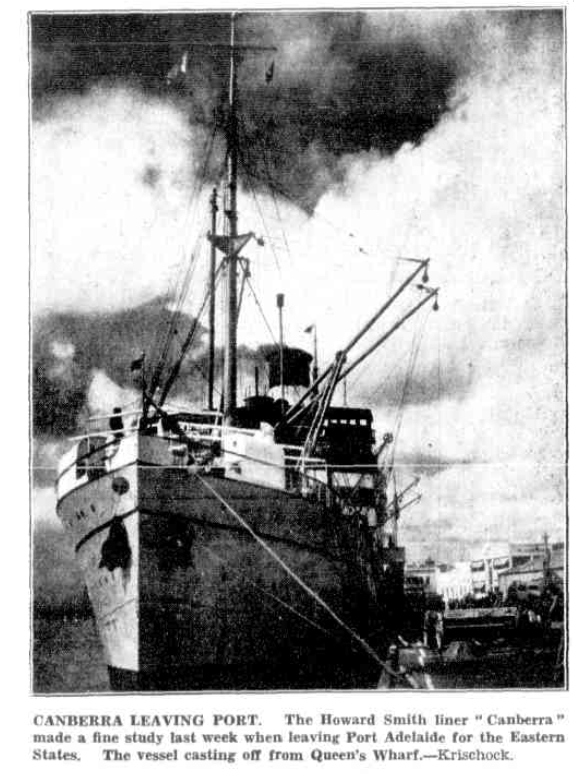Victorian Rifle Regiments: 1880-90

Backmark: Stokes & Sons.
Cossum has two variations of these regiments’ buttons at the top of page 10, one by Stokes & Sons, and one by Hebbert & Co. I have one marked with the Crossed Sword trademark. It needs to be pointed out out that as this design was generic for Queen Victoria’s era rifle brigades that the same or similar design may be found throughout the former British Empire. The design continued to be used in Victoria, excepting with the Tudor (King’s Crown) until 1903 when the Australian Commonwealth Military Forces was instituted.
This button with the Stokes & Sons backmark dates the button from 1893 onwards, after the dissolution of the previous partnership with Martin.
W. H. Smith & Sons Limited

1883-1898. Image used with permission.

National Maritime museum item #00037518. Plaque to Howard Smith Line house flag.
Englishman William Howard Smith (1814-1890) brought his family to Australia in 1854. His first steam shipping business here was a successful passenger Melbourne-Geelong service, with partner S. P. O. Skinner. Eight years later he sold out to start an intercolonial business with his ship, the You Yangs, running between Melbourne, Sydney and Newcastle. He was again successful, and able to buy a second ship, the Dandenong, which was later unfortunately wrecked. He became the largest coal importer into Melbourne with a growing fleet. Three of his sons had joined the firm by the late 1870s. It became a limited liability company in 1883 then a propriety limited company in 1898. It then became the Howard Smith Co Ltd in 1901. From 1870 Captain Smith had ceased sailing, although he stayed in management until 1887. Smith was involved in many maritime pursuits, including the Maritime Harbour Trust, the Marine Board of Victoria, the Melbourne Sailors’ Home and the Victorian Shipwreck Relief Society. Upon his death in 1890 the firm continued under the control of four of his sons.



The Argus (Melbourne), 24th March 1890 page 8.

Leader (Melbourne), 1st January 1901 page 78.
The firm got out of passenger services to focus on bulk and speciality shipping. It diversified into coal mining, steel production, stevedoring, travel, railway rolling stock building, sugar production and retail. It was the largest operator of tug boats. From 1990 its divisions were sold off, with the firm closing in 2001.

The Pictorial Australian (Adelaide), 1st September 1894 page 1.

Chronicle (Adelaide), 26th March 1936 page 38. The Canberra was a fast, reliable and popular cruise and freight ship in her day. She was used as a troop ship during WW1.
See http://ssmaritime.com/TSS-Canberra.htm
For any comment or query, please use the Contact page.
